Subscribe to Our Blog
Receive updates from our team as we share application notes, customer spotlights, educational tools, spectroscopy how-to’s, and more.
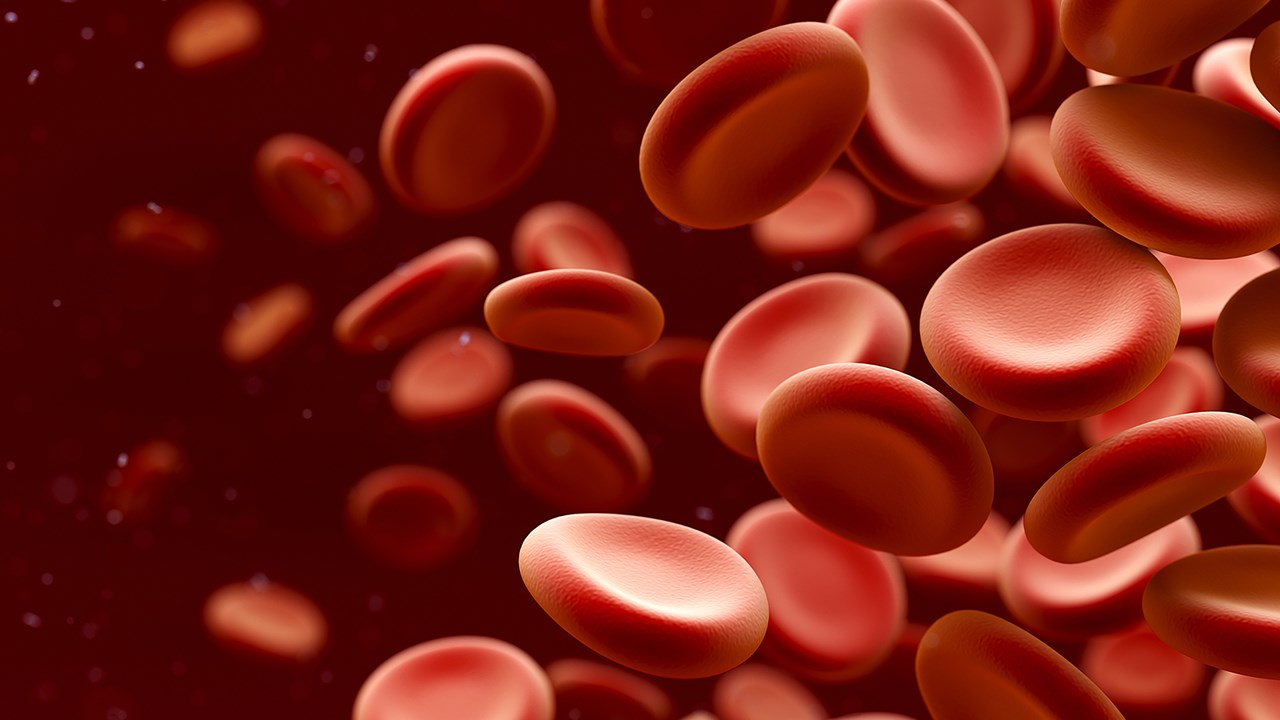
New Ocean HR2 spectrometers offer high resolution with rapid acquisition speed, high SNR performance, and excellent thermal stability. We explore the effectiveness of Ocean HR2 for absorbance and irradiance applications.
IMPORTANT: PLEASE REFRESH YOUR BROWSER IF YOU DO NOT SEE ANY IMAGES/SCREENSHOTS/SPECTRA ON THE PAGE.
With its proprietary CCD-array detector and low stray light optical bench design, the Ocean HR2 provides research-grade spectrometer performance for applications ranging from plasma monitoring to pharmaceuticals analysis.
As part of our evaluation of Ocean HR2, we focused on three areas: the remarkable absorbance linearity possible with the spectrometer; its high-resolution performance; and the dramatic gains in signal to noise ratio made possible using High Speed Averaging Mode (HSAM), a hardware-accelerated spectral averaging technique now available with Ocean HR2 and Ocean SR2 spectrometers.
Note: Ocean Insight’s Yvette Mattley and Brianna Waggoner provided the measurements for this application note.
Ocean HR2 high resolution spectrometers are compact and robust, with integration times as fast as 1 µs and thermal wavelength drift of just 0.06 pixels/° C, helping to ensure reliable spectral performance as temperatures change. Ocean HR2 models cover various wavelength ranges within ~190-1150 nm, with a choice of slit width sizes to help users manage throughput and optical resolution.
The Ocean HR2 spectrometer is a high-resolution instrument compatible with Ocean Insight light sources, accessories and software, allowing users to optimize setups for different applications. Also, each Ocean HR2 spectrometer comes with OceanDirect, a powerful, cross-platform Software Developers Kit with an Application Programming Interface.
To test the absorbance linearity of the Ocean HR2, we measured potassium dichromate absorbance standards and bovine serum albumin (BSA) protein samples, each at varying concentration levels. BSA is often used as a protein concentration standard in biochemical applications.
Our setup for the absorbance standards comprised an Ocean HR2-UV-Vis spectrometer (190-880 nm), DH-2000 deuterium light source with attenuator, a pair of 400 µm optical fibers, a quartz cuvette and the SQ-1 Square One cuvette holder. OceanView software and the OceanDirect device driver platform completed the system.
The low stray light performance of the Ocean HR2 is reflected in its UV absorbance spectra (Figure 1), especially when plotted versus concentration, which shows absorbance linearity of a remarkable 0.9997 (Figure 2).
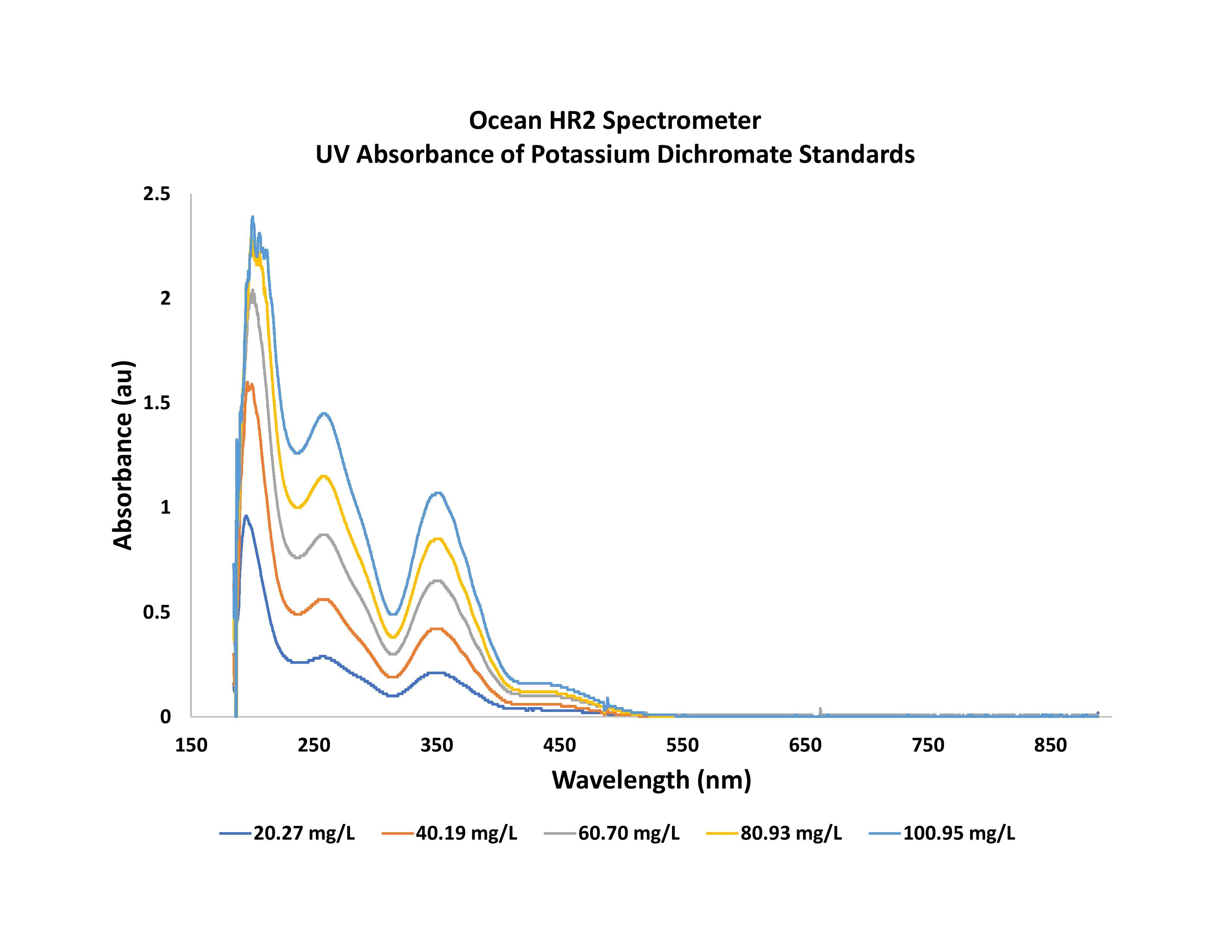
Figure 1. Ocean HR2 measured UV absorbance of potassium dichromate standards at concentration levels ranging from 20.27 mg/L to 100.95 mg/L.
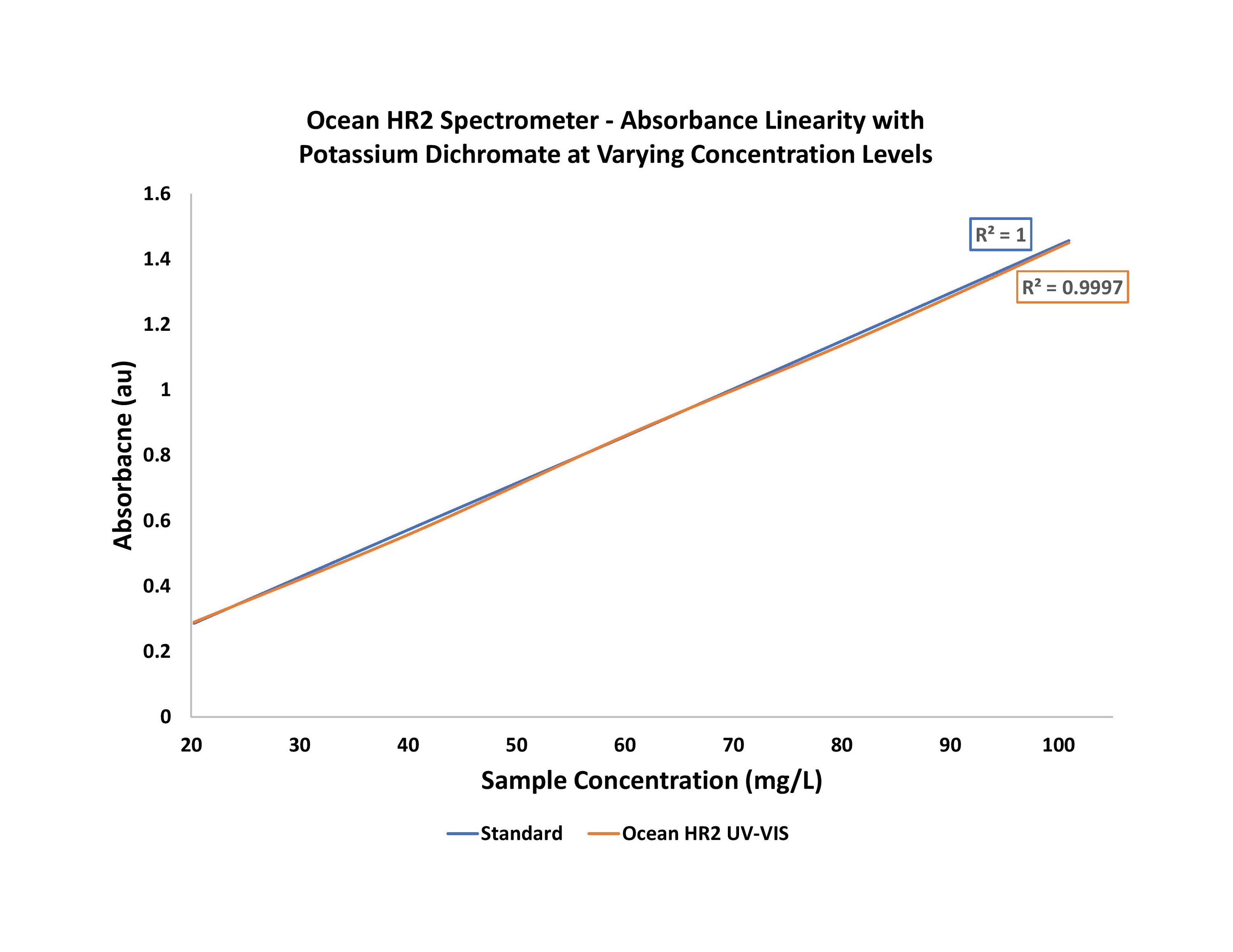
Figure 2. Very high absorbance linearity is a characteristic of the Ocean HR2 spectrometer.
While the results for potassium dichromate standards are impressive – with that standard curve, you could predict almost any unknown sample within that wavelength range -- we measured the standards only to 1.5 AU. That’s where the BSA protein samples came in.
Using an Ocean HR2 spectrometer setup comparable to what we had for the potassium dichromate experiments, we measured nearly 30 different concentrations of 503 mg BSA in distilled water.
To ensure best measurement results, we observed several practices you should consider for your own experiments. First, prior to the measurements, the spectrometer and light source were warmed up for 30 minutes. Light source output can change slightly until the source is in thermal equilibrium, affecting measurements.
Also, as part of the sampling process, we never removed the quartz cuvette from the cuvette holder, as doing so can introduce errors. Instead, we made our dilutions in the cuvette, using a disposable pipet to remove some of each sample, then mixing in the DI water, and repeating the process for each sample. When possible, it’s also advisable to avoid moving the optical fibers in the setup.
Our absorbance linearity results with BSA were even more impressive than with potassium dichromate. We focused on the absorbance peak at 279 nm (Figure 3), then mapped the absorbance linearity at 0.999, all the way up to 2.5 AU (Figure 4). This level of performance makes Ocean HR2 an excellent option for quantifying other types of protein concentration, as well as for biotechnology applications including analyzing blood composition and performing quality assurance on pharmaceutical formulations.
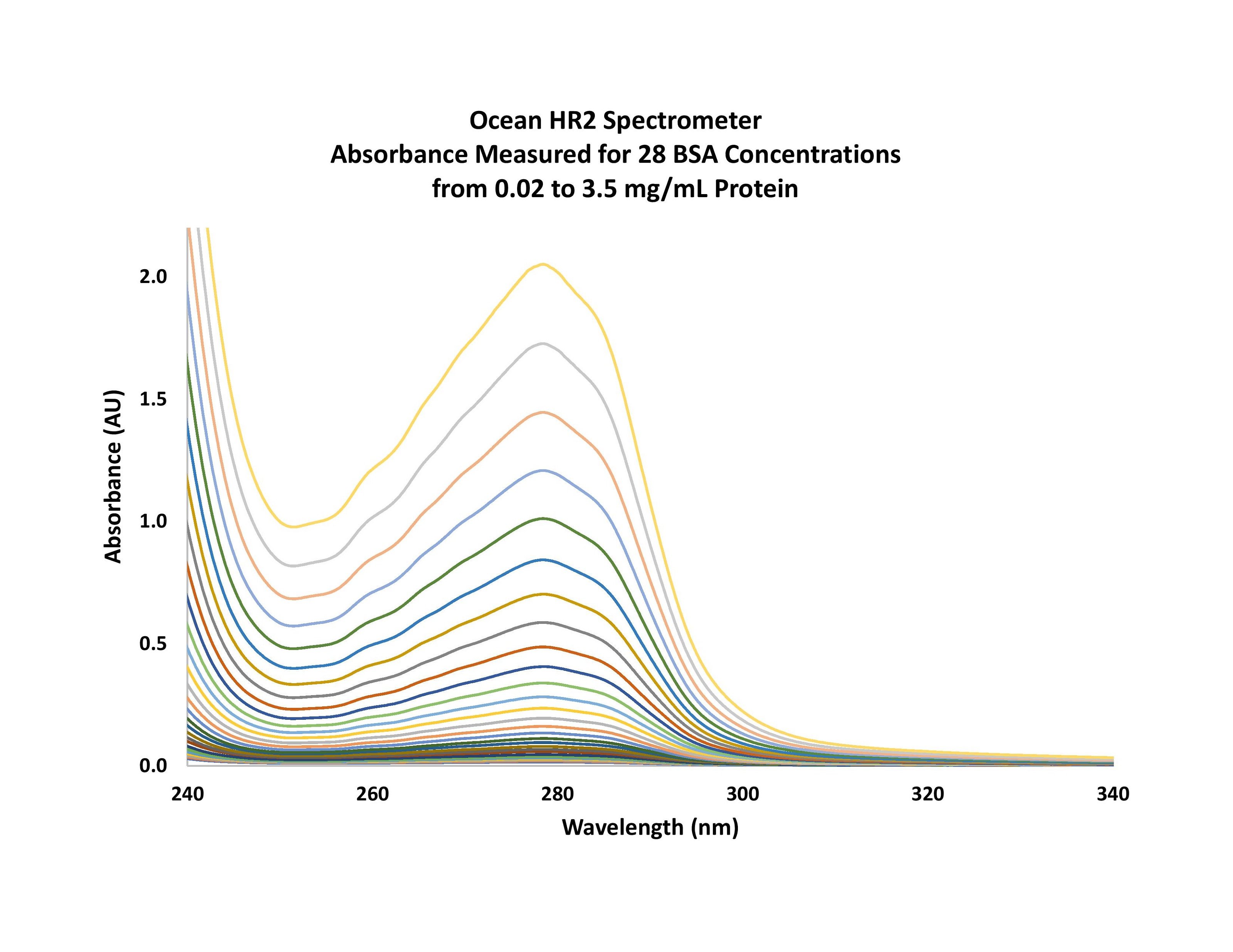
Figure 3. Bovine serum albumin (BSA) samples absorb strongly at 279 nm.
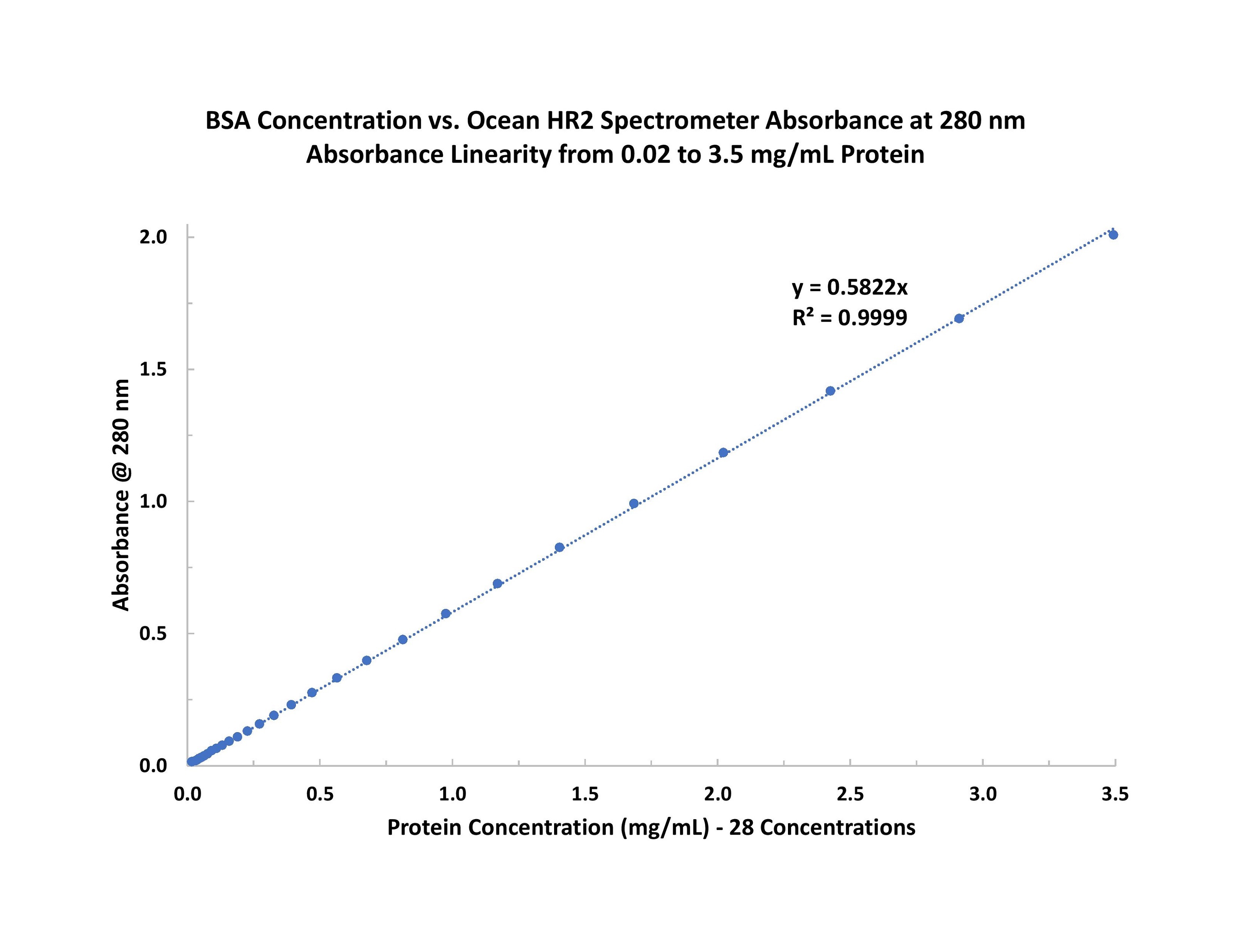
Figure 4. Absorbance linearity measured over nearly 30 BSA samples is a remarkable 0.999.
Depending on the optical bench configuration, the Ocean HR2 spectrometer has optical resolution that’s typically less than 1.0 nm (FWHM). For example, in measuring a mercury-argon gas-emission source, we observed numerous sharp, well defined peaks across the UV-Visible wavelength range (Figure 5).
We observed similar optical resolution performance when measuring solar irradiance, where an Ocean HR2 with a 25 µm slit detected spectral emission lines with optical resolution <1.2 nm (FWHM) across its spectral range (Figure 6). Our sampling setup comprised a cosine corrector attached to a 600 µm Vis-NIR optical fiber that was placed into a reflection probe holder and positioned at 90° into the sky. As you might expect, the absolute spectral intensity measured at each wavelength varied throughout the cloudless day.
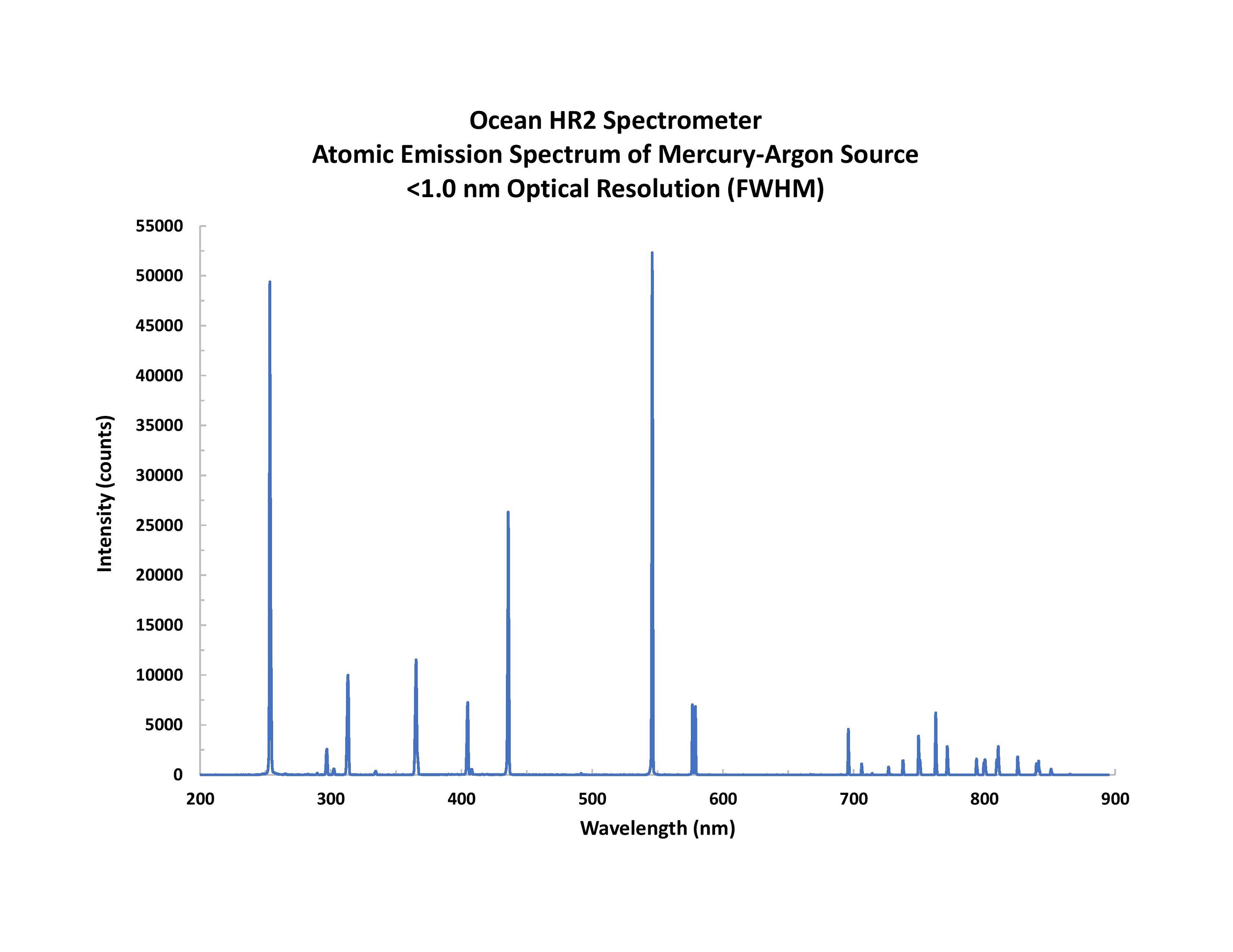
Figure 5. Depending on configuration, sub-nanometer optical resolution (FWHM) is possible using the Ocean HR2 spectrometer.
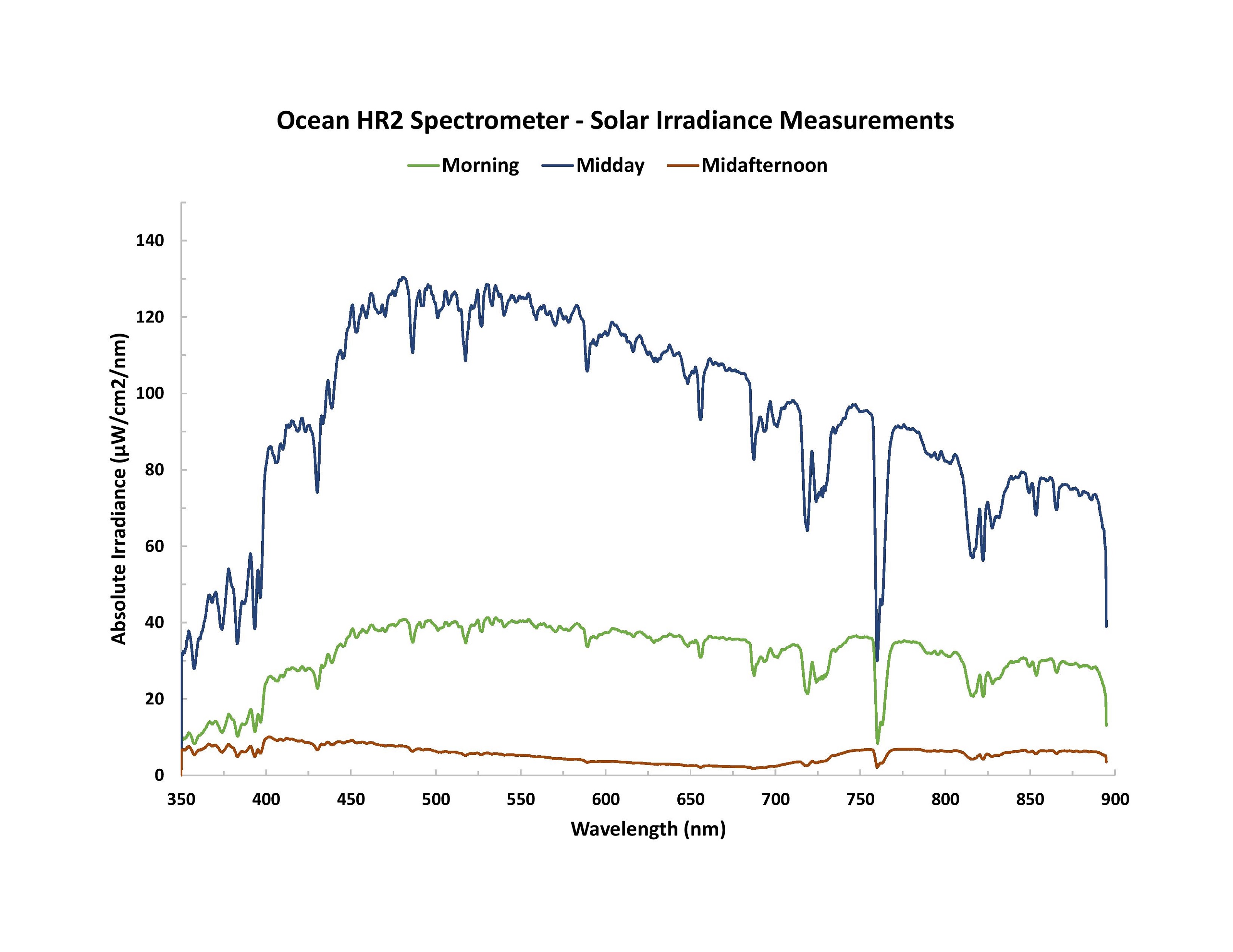
Figure 6. The Ocean HR2 spectrometer demonstrates its versatility with these solar irradiance measurements.
High Speed Averaging Mode is a hardware-accelerated signal averaging function accessible via OceanDirect that improves signal to noise ratio (SNR) performance in Ocean SR2 and Ocean HR2 spectrometers. With better SNR comes higher quality spectra and more accurate results.
SNR is a function of several factors, some more easily managed than others. For example, signal averaging to improve SNR can be carried out in operating software on the host computer but can take longer to process than what may be acceptable for your application. HSAM hardware-accelerated signal averaging overcomes those limitations by enabling many more spectral averages over a given time period, yielding a much higher SNR per unit time. This can be important for time-critical or real-time applications, where decisions must be made very quickly and with high accuracy.
We tested the advantage HSAM offers by measuring the relative output of an 880 nm LED using 600 µm optical fibers and attenuator. This is a useful area within the spectral range to evaluate, as in some silicon CCD-array detector setups, the spectral response at NIR wavelengths may drop off as grating dispersion and detector quantum efficiency drops off.
In one sense, what HSAM accomplishes is to “pull” signal out of the noise. This is demonstrated in Figure 7, where we compared results for a single average scan, which is quite noisy; and then for 1,000 scans (less noise); and finally, for 10,000 scans (minimal noise).
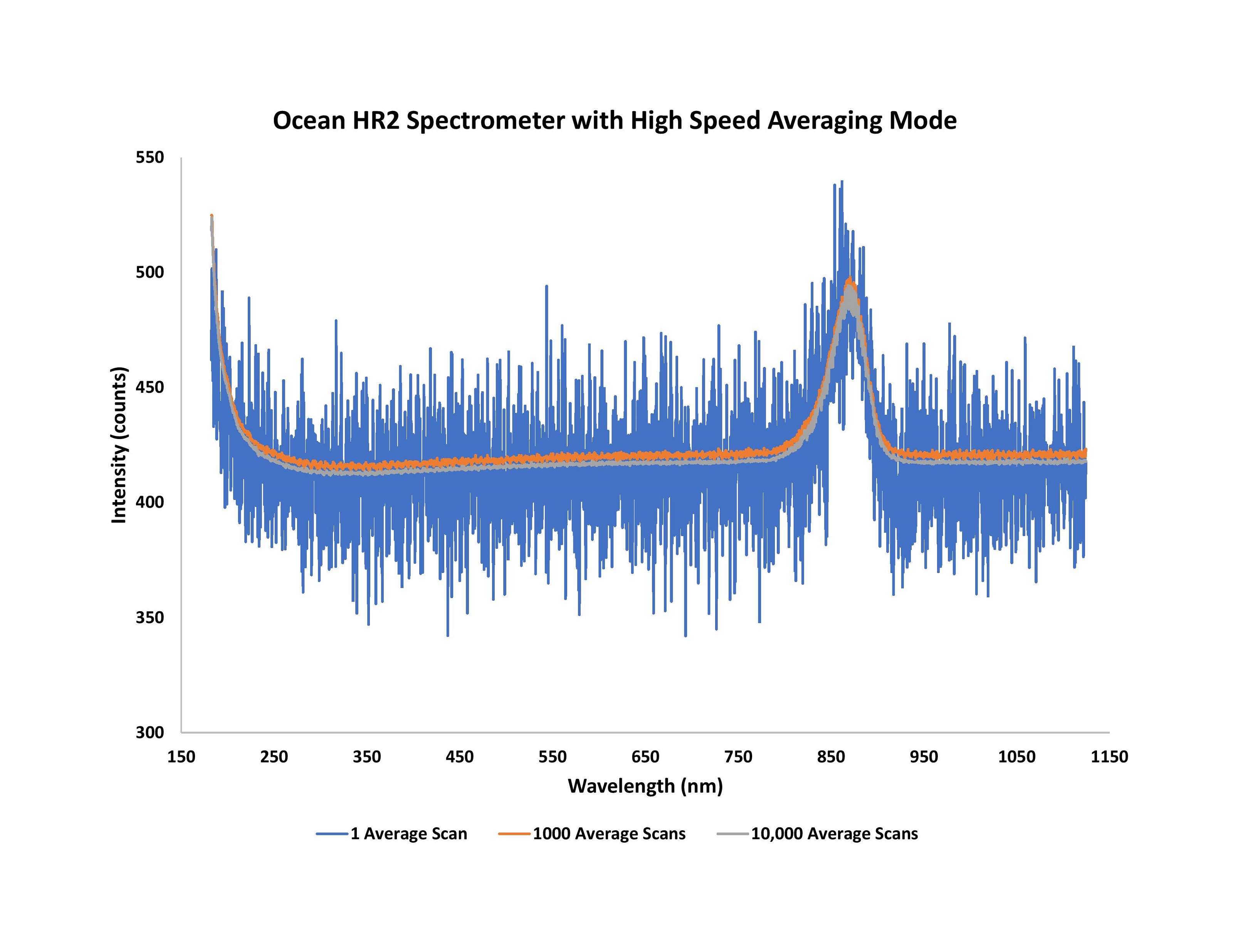
Figure 7. When High Speed Averaging Mode is activated within Ocean HR and OceanDirect, improvements in SNR are incredibly dramatic.
The big advantage with HSAM running in OceanDirect is that you can perform more spectral averages, over less time, than with OceanView software. For example, OceanView can process 10,000 averages in about 2 seconds. But because HSAM performs the averages directly on the hardware, OceanDirect can process 10,000 averages in 200 ms – 10x faster. This can enhance SNR for existing applications dramatically and open up new possibilities.
From detecting narrow emission lines in plasmas and gases to determining concentration levels of proteins, the Ocean HR2 spectrometer delivers research-grade spectrometer performance in an instrument that works well in the lab or on the line, as part of its own setup or as a key subsystem or component within another device.
The new High Speed Averaging Mode enables incredible SNR performance in Ocean SR2 spectrometers using hardware-accelerated signal averaging.
The new Ocean HR spectrometers provide reliable performance with rapid acquisition speed and excellent thermal stability for UV-Vis-NIR applications.
Options available
OceanDirect is a powerful device driver platform with API for control of Ocean Insight spectrometers.
Prices From $625.00
Options available
OceanView 2.0 is a smooth and powerful new version of our flagship spectroscopy application. The software runs on Windows, Mac OS and Linux, and controls Ocean Insight spectrometers.
Prices From $305.00

Receive updates from our team as we share application notes, customer spotlights, educational tools, spectroscopy how-to’s, and more.